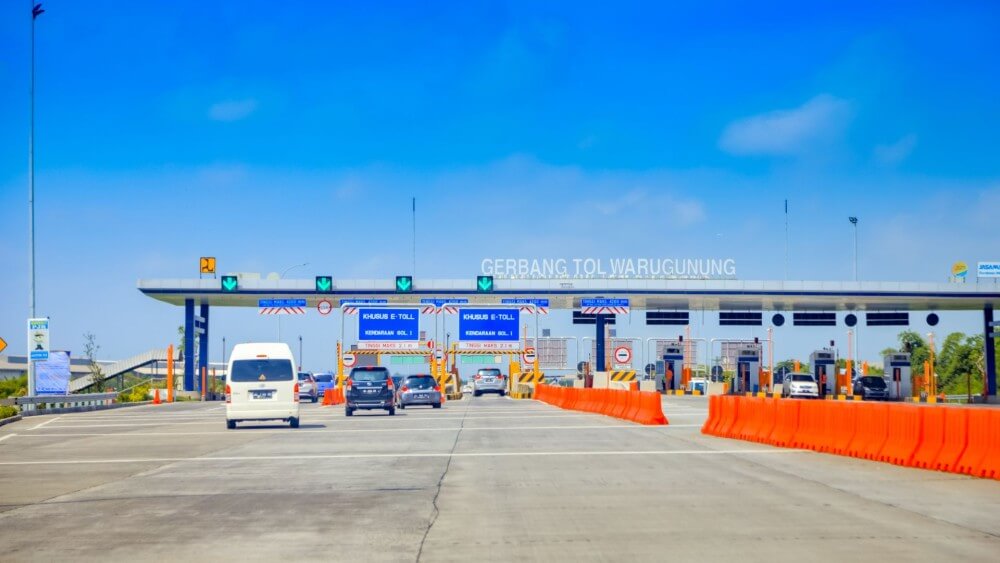Description
Infrastructure asset recycling involves the monetisation of existing public assets through sale or lease to the private sector, with all funds received being reinvested in new infrastructure. The government sells (or leases) a public asset to a private entity for value and then uses the proceeds to fund future investment. The government might sell an asset it no longer needs; sell an asset to take advantage of its current capital value and then lease it back for public use; or conduct an asset swap or share arrangement to help with a private sector development plan. Asset recycling offers the opportunity to provide infrastructure without adding to public debt while maintaining or potentially improving existing infrastructure service delivery.
Enabling Conditions and Key Considerations
- Robust mechanisms or guidelines for the utilisation of proceeds would need to be established. To ensure that proceeds from asset recycling are utilised effectively, clear mechanisms or guidelines for re-investment or funding of new infrastructure assets would need to be established. Local authorities can choose to retain proceeds from asset recycling for re-investment into infrastructure under their own purview or proceeds can be allocated to a shared fund across public agencies. In the latter scenario, the application of the fund would need to be transparent and accountable to ensure long-term value creation.
- Clear project agreements outlining the responsibility and duties of public and private stakeholders. Asset recycling transactions can involve a long-term concession or lease of an asset to a private partner to operate and maintain, and sometimes redevelop and/or expand. A clear project agreement that sets out reporting requirements, performance monitoring processes, dispute resolution procedures and hand-back procedures amongst other relevant project management areas would be critical to the successful use of asset recycling instruments.
- Performance standards and hand-back obligations need to be set out from the initial stage. For asset recycling transactions that involve a concession or lease term, there should be a set of exit obligations that both the private sector and the involved authority would need to fulfil at the point of exit for the private sector. In determining these obligations at the outset of the project, the long-term sustainability of the asset, continuity of service delivery and maintenance of service standards would need to be considered. The handover obligations would also need to define procedures to determine the assessment of actual quality and the rectification cost payable in case of sub-optimal asset quality at handover. For instance, this may entail an independent process to conduct handover checks.
- Engagement of public interest groups and the private sector before launching an asset recycling scheme is important. Perceptions on privatisation of assets vary across countries and sectors, and the sale or lease of public assets by governments to private entities could potentially face public backlash due to issues such as job loss or public security concerns amongst others. Early engagement of public groups is critical to building strong public support and assuage any concerns of workers in affected sectors. In addition, early engagement of the private sector is critical to understand the interest and concerns of the private sector early and provide investors with a preliminary view of what assets will be included in any scheme, and what the likely contractual clauses will be.
Potential Challenges
- Lack of government experience in developing and managing long-term contracts. For projects that require an extended partnership with the private sector (i.e., concession or lease term asset recycling), governments that lack experience in working with the private sector could find it challenging to draft contracts that set out reporting requirements, performance monitoring processes and hand-back procedures in a manner that would ensure that long-term sustainability of the project and public interest. In addition, governments might lack experience in ensuring effective contract management and performance monitoring over the course of the project.
- Difficulty in identifying suitable assets for recycling. To be attractive to private sector partners, assets would need to be supported by positive historical cash flows and have the potential to generate a positive cashflow for the private sector partner going forward. To bring value to the government authority carrying out the transaction, the revenue generated by the transaction would need to be able to service debt obligations and/or the upfront fee would need to generate sufficient funds to support government spending needs (including smart city financing needs).
Potential Benefits
- Provides an option to fund new infrastructure without increasing public debt. Asset recycling provides an option for governments to unlock new financing using existing infrastructure without incurring new public debt. This could optimise the value of its asset portfolio and the funds raised could potentially support a wider range of smart city projects.
- Partnership with the private sector could potentially improve infrastructure service delivery. The private sector has the capability to bring new technical or sectoral expertise to existing infrastructure and improve efficiency or infrastructure service delivery. In a long-term lease or concession model under which the private sector partner is able to operate the asset for an extended period, it might also be incentivised to finance upgrades to the infrastructure asset.
Sources/Additional Information
- World Bank (2023). Guidelines for Implementing Asset Recycling Transactions. Available at: https://ppp.worldbank.org/public-private-partnership/library/guidelines-implementing-asset-recycling-transactions-download-pdf-version-now-available
- Oliver Wyman (2018). Infrastructure Asset Recycling: Insights for Governments and Investors. Available at: https://www.oliverwyman.com/content/dam/oliver-wyman/v2/publications/infrastructure-asset-recycling-grc.pdf
- World Bank (2023). Why countries should implement asset recycling, and where to get good guidance. Available at: https://blogs.worldbank.org/en/ppps/why-countries-should-implement-asset-recycling-and-where-get-good-guidance

